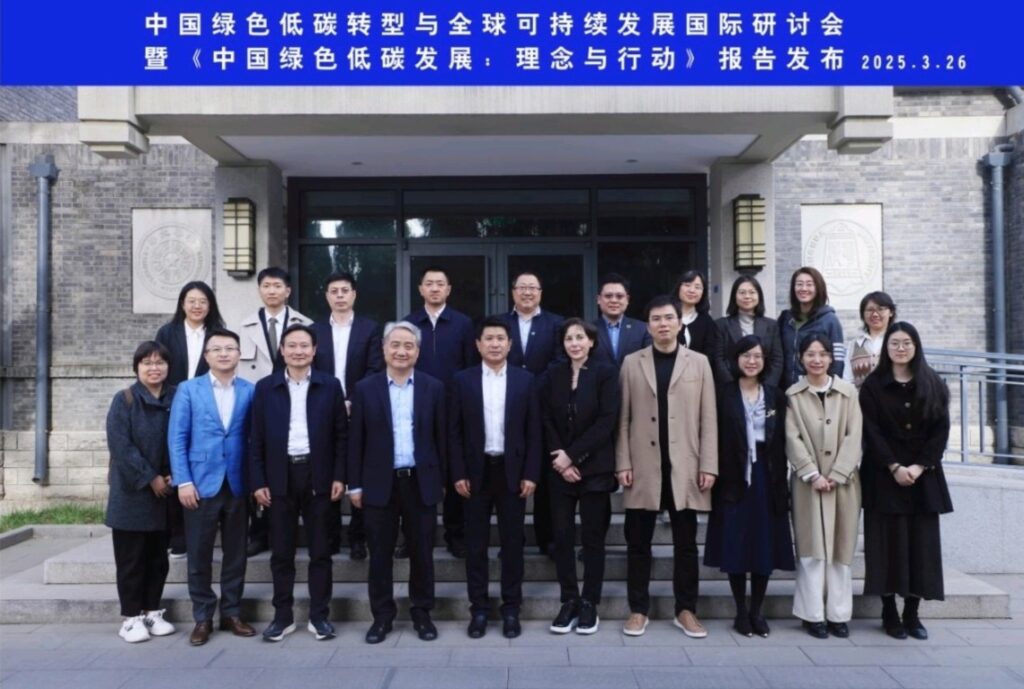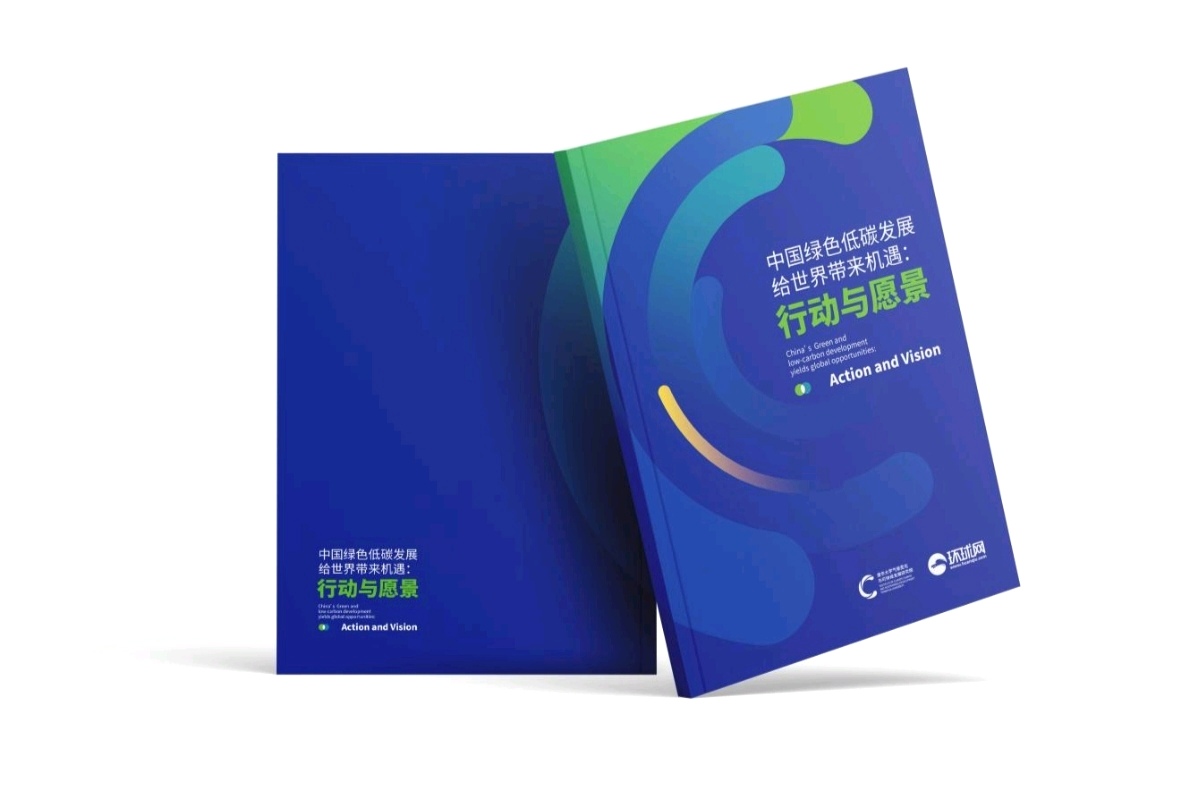China unveils playbook for a greener world
As the global community searches for ways to accelerate climate action while balancing economic demands, China is offering its own blueprint: a detailed, case-driven report that blends policy insight, on-the-ground practices, and a vision for inclusive international cooperation.
In a rare collaboration between academia and state-affiliated media, the Institute of Climate Change and Sustainable Development of Tsinghua University and Global Times Online released a bilingual research report titled “China’s Green and Low-Carbon Development: Vision and Action.”

The launch, held at a seminar in late March, drew more than 30 representatives from international bodies—including the United Nations Industrial Development Organization, the European Commission, and Harvard University—underscoring growing interest in China’s evolving role in global climate governance.
Rather than a theoretical exercise, the report serves as a showcase of China’s pragmatic approach to green growth. It outlines how national policy translates into concrete climate strategies, such as the repurposing of coal-fired power plants for peak-load flexibility, the expansion of renewable energy infrastructure, and green finance innovations piloted in cities like Huzhou in Zhejiang Province.

Also highlighted are ecological restoration efforts, such as a 3,000-kilometer shelterbelt along the Taklamakan Desert’s edge, and the hybrid rice collaboration in Madagascar—an initiative led by the late agronomist Yuan Longping’s team that earned a place on the African nation’s currency.
The report’s central message is twofold: first, that China’s domestic green transition has matured to the point of offering replicable models for developing nations; and second, that international cooperation—especially through North-South and South-South channels—is integral to accelerating low-carbon progress globally. This includes a reimagined Belt and Road Initiative with a greener mandate and a push for Chinese innovations to reduce global transition costs.
At the seminar, participants echoed these themes. Industry delegates from regions such as Jiangsu and Xinjiang offered examples of lake preservation and desert industrialization efforts that blend environmental and economic outcomes.
Experts emphasized the importance of “shared prosperity” as a guiding principle for climate diplomacy—an area where China increasingly casts itself not just as a participant, but as a contributor of ideas, technology, and models.
While critics abroad often question Beijing’s emissions trajectory, this report and its reception suggest that China’s green credentials are increasingly being framed not only as a domestic imperative, but as an exportable framework—positioning the country as a central actor in shaping global pathways to sustainability.



0 Comment